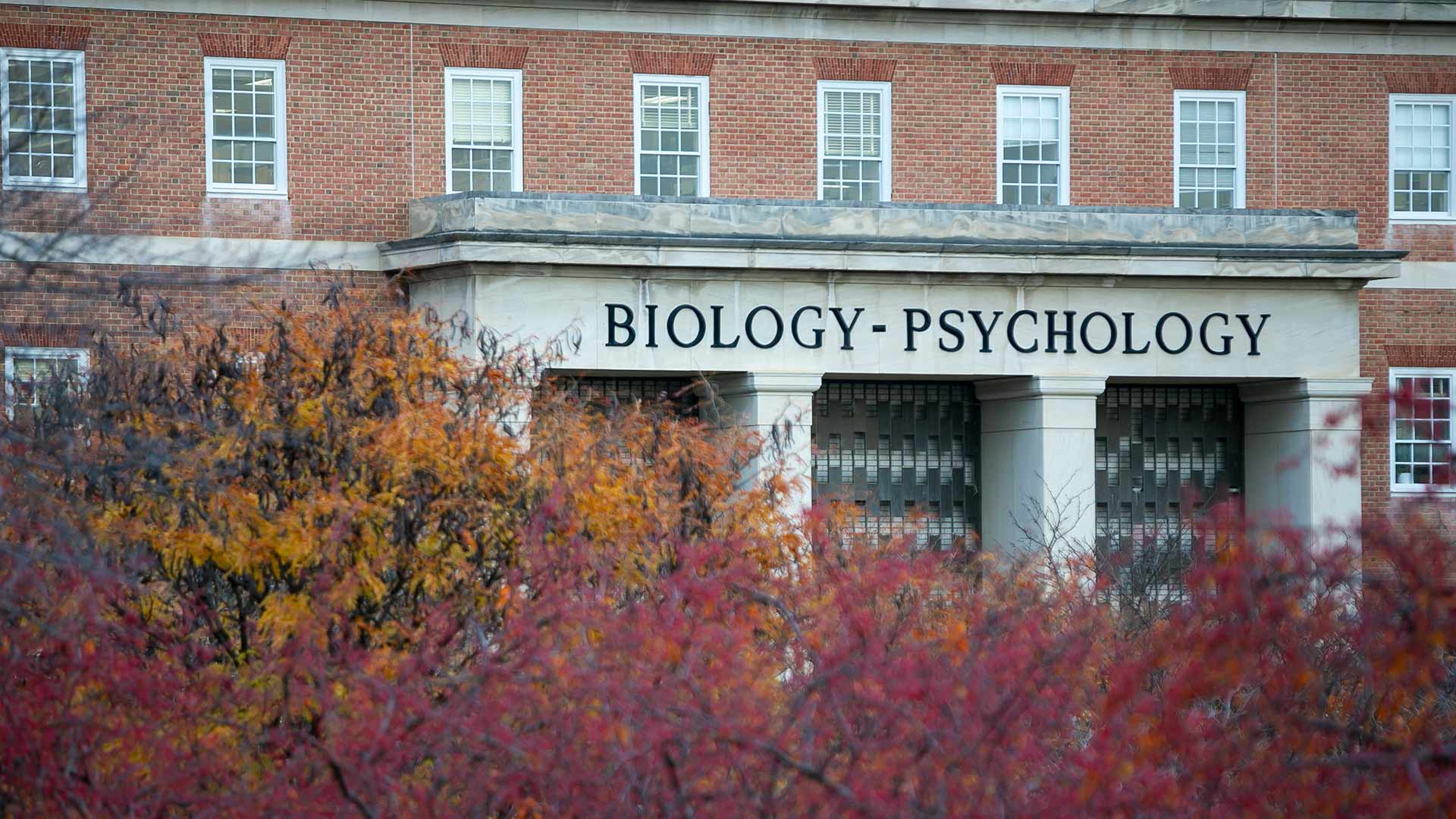- January 29, 2020
- By Chris Carroll
Blending biology, psychology, physiology and other disciplines to understand the brain and nervous system, neuroscience has been coalescing and growing as a field in recent decades. So when Dean Gregory Ball of the College of Behavioral and Social Sciences arrived at the university in 2014, he figured there’d be enough interest to support a new major in College Park.
Ball, who previously oversaw Johns Hopkins University’s undergraduate neuroscience program, had good instincts: Around 300 prospective freshmen applied to enter UMD’s new major launching this fall, and around 50 are expected to enroll in it.
Current freshmen and sophomores can apply to the major as internal transfers beginning in June 2020, and some of them will be UMD’s first neuroscience graduates in Spring 2022.
Ball, whose own research focuses on interrelation of hormones, the brain and behavior, has been working with colleagues across the university to give students an opportunity they’ve been clamoring for.
“One of the big breakthroughs of the late 20th and early 21st century is this attempt to understand the nervous system, which is central for everything that helps us live and thrive—that gives rise to personality, creativity, anti- and pro-social behavior,” he said. “It’s one of the greatest challenges of science, and students get excited about it.”
The major is a cross-disciplinary collaboration between BSOS’s Department of Psychology and the Department of Biology in the College of Computer, Mathematical, and Natural Sciences (CMNS).
“We’re excited about this new opportunity for undergraduates that has grown out of the strengths of the campus’ broad expertise in neuroscience,” said CMNS Dean Amitabh Varshney. “This major is the first of several we are exploring that focus on interdisciplinary areas of study that cross traditional college boundaries.”
 There’s no shortage of great neuroscience courses already on the UMD campus, said Hilary Bierman, co-director of the neuroscience major and a senior lecturer in biology, but students who wanted to sign up for them sometimes had to wait years.
There’s no shortage of great neuroscience courses already on the UMD campus, said Hilary Bierman, co-director of the neuroscience major and a senior lecturer in biology, but students who wanted to sign up for them sometimes had to wait years.
“What there wasn't before was a mechanism for students to take neuroscience courses early in their undergraduate programs,” she said. “In other majors, the neuro courses tended to come later on, and you didn't have access to all the amazing neuro courses offered in psychology and in kinesiology and in philosophy of consciousness and others.”
The new major will allow both earlier access to courses and a more specific focus, with students eventually selecting between a cognitive-behavioral track and a molecular-cellular-physiological track.
Program Co-director Robert Dooling, professor emeritus of psychology, said the progression toward the major has been natural.
“For one thing, biology and psychology are in the same building here,” he said. “We've always had scientific collaborations over the years—we've actually worked pretty well together. We've shared grants together, including large ones … and we've got a graduate program in neuroscience and cognitive science that was started in the late ’80s. So this is sort of the undergraduate version of that.”
Freshman Noam Yanay plans to combine her two majors—psychology and biological sciences—into a single neurobiology major this coming year.
Her fascination with human behavior had initially drawn her to psychology, but when a friend and neighbor committed suicide while Yanay was a Montgomery County high schooler, her interest took on new urgency, and she also wanted to understand the physical processes that could lead to such an act.
“At the moment I felt the most helpless, that’s when I learned there was the option of using science and biology to try to know what’s happening in someone’s brain,” she said. “I became really interested in the science behind all of it, and that's how the world of neuroscience opened up to me.”
